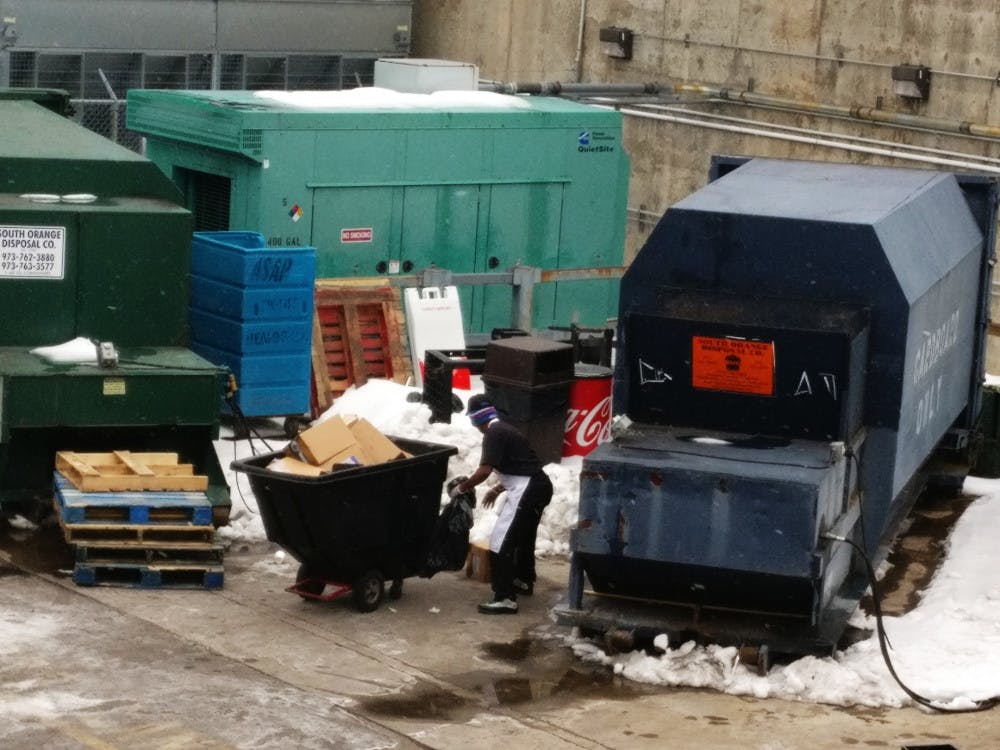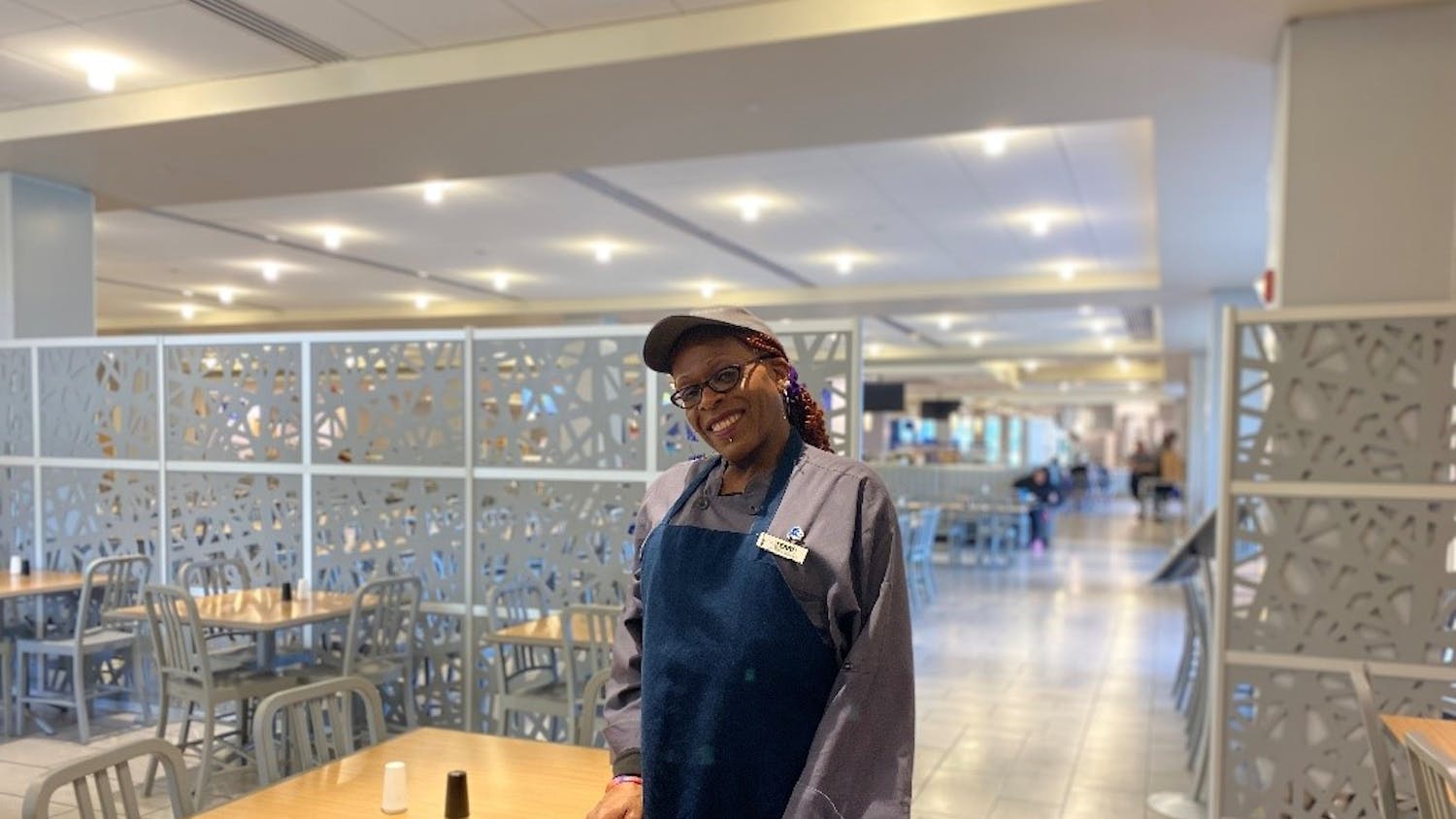This school year, Seton Hall University has taken strides toward reducing food waste on campus.
The University is in the works to begin a Food Recovery Network that, “recovers unsold, surplus food from the cafeteria and other campus events and delivers it to people that need it,” according to Andrew Aguilera, Student Government Association (SGA) vice president and junior accounting and information technology major.
The Food Recovery Network is a student movement to fight waste and hunger across the country, according to foodrecoverynetwork.org.
The network works to bring the food left over at the end of the day in college cafeterias to local food banks and homeless shelters.

Other universities that participate in the Food Recovery Network include Monmouth University and Rowan University.
The process includes collecting leftover food from the cafeteria, weighing it and packaging it so that it can be delivered to the local facilities safely, according to Divine Tanamal, dining coordinator for SGA and freshman business marketing major.
This club has more than 200 chapters across the country and was brought to SHU this year by Aguilera, according to Rishi Shah, president of the Food Recovery Network at SHU, freshman senator of SGA and marketing and economics major,.
“We are hoping to reduce food waste on campus, help the surrounding starving communities, and raise awareness about food waste in general,” Aguilera said in an email interview.
According to Michael Garcia, director of Business Affairs, Gourmet Dining Services (GDS), prepares 8,000 to 10,000 pounds of food each day and 200 to 400 pounds of food are leftover, typically.
“The Food Recovery Network is just starting to work with GDS to provide some of the leftovers to needy community groups,” Garcia said via email.
Tanamal offered her thoughts on the subject.
“Essentially, we hope to raise awareness to the wasting of pounds of food on college campuses,” Tanamal said. “If we have excess food, why waste it?”
Shah offered his thoughts on what he hopes to accomplish.
“We wanted to reduce the food waste on campus and be able to turn it into something positive,” Shah said. “In the surrounding area, there are so many people that can benefit from a cause like this, and we wanted to take advantage of that.”
Shah also commented on where he sees the Food Recovery Network at SHU in five years.
“We see this club making routine recoveries each week night, collecting plenty of food for people that need it and having many networks set in place to helping hundreds in need,” Shah said. “We intend to make the Food Recovery Network one of the largest and most recognized student organizations at SHU.”
Isabel Soisson can be reached at isabel.soisson@student.shu.edu.





